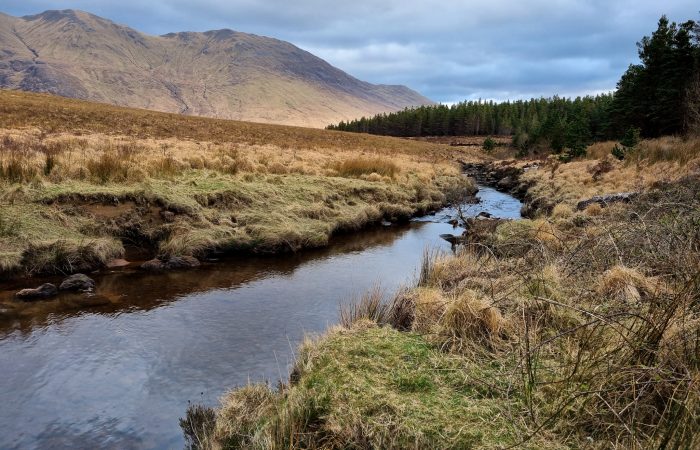Our Vision and Values
Working together to protect, restore, respect and sustain our environment and our rural communities.
The Waters of LIFE is an EU LIFE Integrated Project (IP) which aims to help reverse the deterioration of Ireland’s most pristine waters.
The ongoing loss of high status waters is among the most concerning, protracted and persistent water quality trend in Ireland. Other water quality trends have well-understood cause and effect, with detailed plans in place to mitigate impacts. More actions are necessary to protect pristine waters. Many of these waters are small, upland streams. The protection and restoration of these waters is one of the key underpinning principles of the Water Framework Directive.
The overall objective of the Waters of LIFE IP is to support the implementation of measures to protect and enhance High-Status Waters and thus to support the work of the Blue Dot Catchments Programme.
Working together to protect, restore, respect and sustain our environment and our rural communities.
The Waters of LIFE IP will act as a catchment-scale demonstration project to test and validate the effectiveness of implementing locally-tailored ‘best practice’ measures across a range of landscapes and land-uses typically associated with the catchments of high-status waters. The project will trial and validate the implementation of measures at the catchment scale across a number of pilot catchments with the view to:
The project will demonstrate the effective implementation of an integrated catchment-based approach for the application of measures to protect and/or restore all waters for which a high-status objective has been identified in Ireland’s River Basin Management Plan.
It will be implemented across six high-status river sub catchments comprising a mixture of land-uses typical of such catchments. Each catchment will be approximately 120-130km² in area. One of the six catchments will be selected on the basis that it has consistently demonstrated high-status conditions in the past and is currently ‘Not At-Risk’ of failing to meet its WFD objectives in the future. This will serve as a control catchment and will be used to monitor the possible future effects of climate change on high-status waters over time. Monitoring arrangements will also be put in place to identify any future changes to land-use within the control catchment which could impact on water status at some future date.
